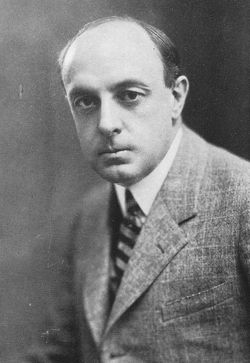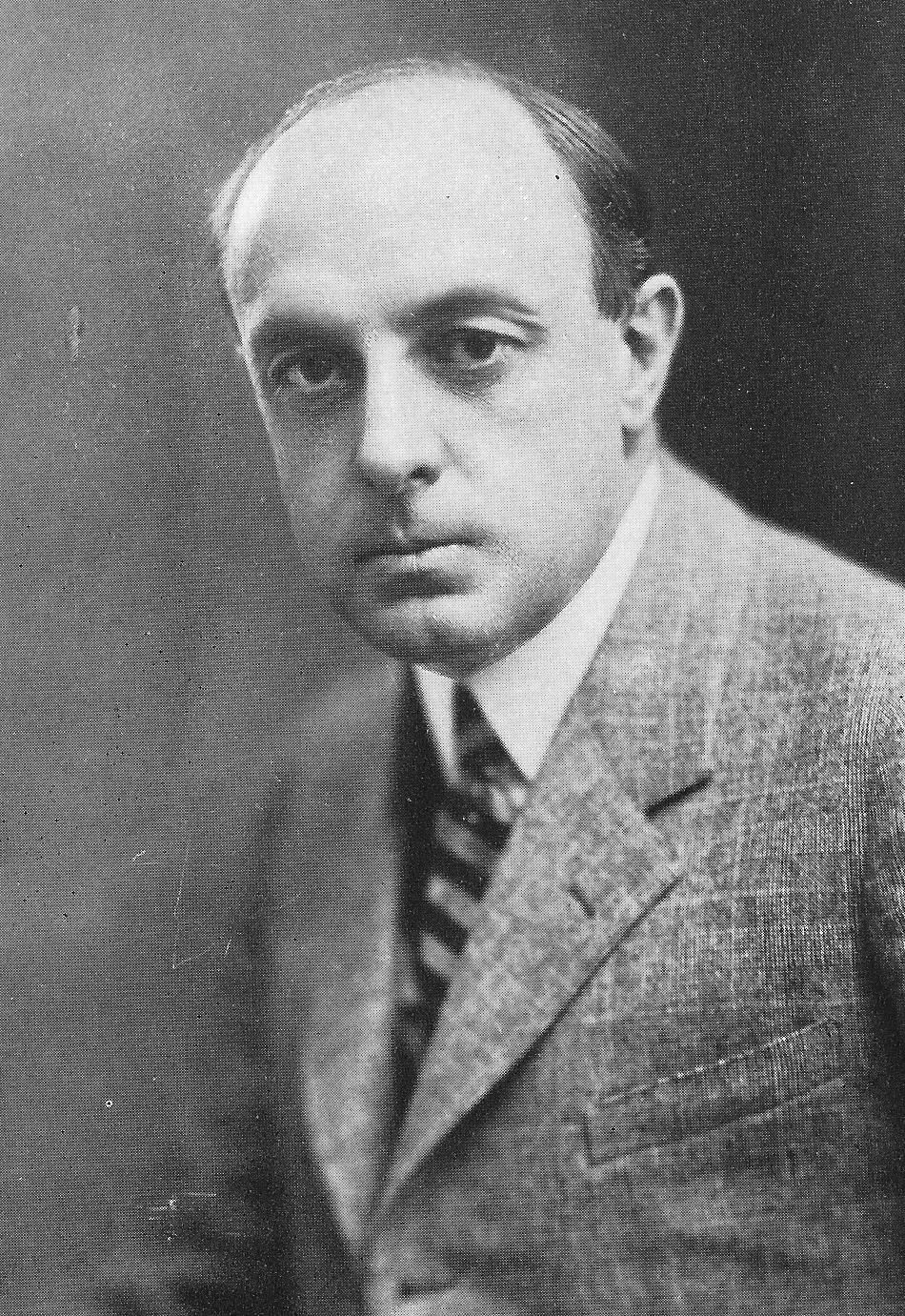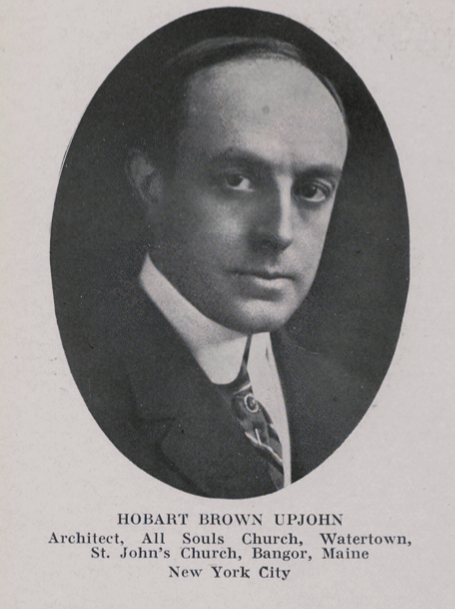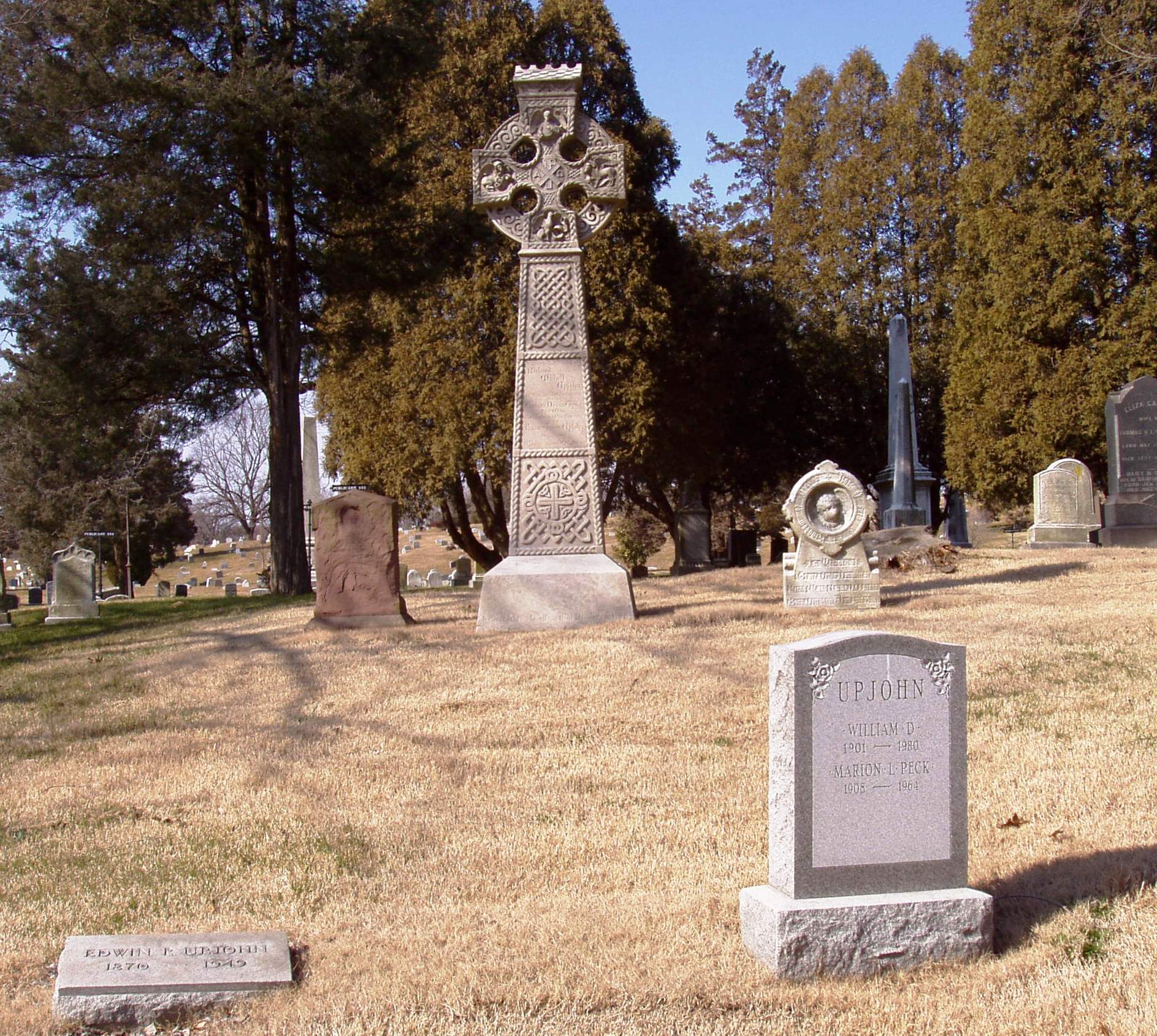Through the decades following that first 1905 church, Hobart's reputation and fame continued to grow. He gained a large group of commissions in North Carolina, initially on the basis of his grandfather's good name, but he was retained again and again to serve a highly pleased clientele. By the end of his career, almost a third of his works were in North Carolina, although his offices were consistently in Grand Central Terminal in NYC. He became the president of the NYC chapter of the AIA, a post he held for about a decade. He was honored with at least 5 national prizes, and a Diploma of Merit at an international exhibit
in Turin Italy in 1925 for a graceful Colonial Revival church in Pinehurst NC. In the lean economic times of the Great Depression, Trinity Church in Manhattan -- the foun-
dation of his grandfather's reputation --retained him as consulting architect until his retirement in 1945.
Hobart was called upon many times to restore, rebuild or expand churches his father or grandfather had designed.
He published scholarly works on historical revival styles of architecture.
Although he technically retired in 1945, he continued to consult and collaborate on other projects until his death, an architect to the end. Hobart Brown Upjohn died in 1949 in a hospital in Poughkeepsie after a long illness. He was 74 years old. He was buried in Green-Wood Cemetery in Brooklyn, whose elaborate Gothic Revival gates and gatehouses were designed by his father and grandfather.
(Thanks to the Cold Spring Historic Review Board for the lovely biography, included in the "Significant Architects Associated with the Julia L. Butterfield Memorial Hospital" survey, December 2012.)
Through the decades following that first 1905 church, Hobart's reputation and fame continued to grow. He gained a large group of commissions in North Carolina, initially on the basis of his grandfather's good name, but he was retained again and again to serve a highly pleased clientele. By the end of his career, almost a third of his works were in North Carolina, although his offices were consistently in Grand Central Terminal in NYC. He became the president of the NYC chapter of the AIA, a post he held for about a decade. He was honored with at least 5 national prizes, and a Diploma of Merit at an international exhibit
in Turin Italy in 1925 for a graceful Colonial Revival church in Pinehurst NC. In the lean economic times of the Great Depression, Trinity Church in Manhattan -- the foun-
dation of his grandfather's reputation --retained him as consulting architect until his retirement in 1945.
Hobart was called upon many times to restore, rebuild or expand churches his father or grandfather had designed.
He published scholarly works on historical revival styles of architecture.
Although he technically retired in 1945, he continued to consult and collaborate on other projects until his death, an architect to the end. Hobart Brown Upjohn died in 1949 in a hospital in Poughkeepsie after a long illness. He was 74 years old. He was buried in Green-Wood Cemetery in Brooklyn, whose elaborate Gothic Revival gates and gatehouses were designed by his father and grandfather.
(Thanks to the Cold Spring Historic Review Board for the lovely biography, included in the "Significant Architects Associated with the Julia L. Butterfield Memorial Hospital" survey, December 2012.)
Family Members
Sponsored by Ancestry
Advertisement
Explore more
Sponsored by Ancestry
Advertisement

















